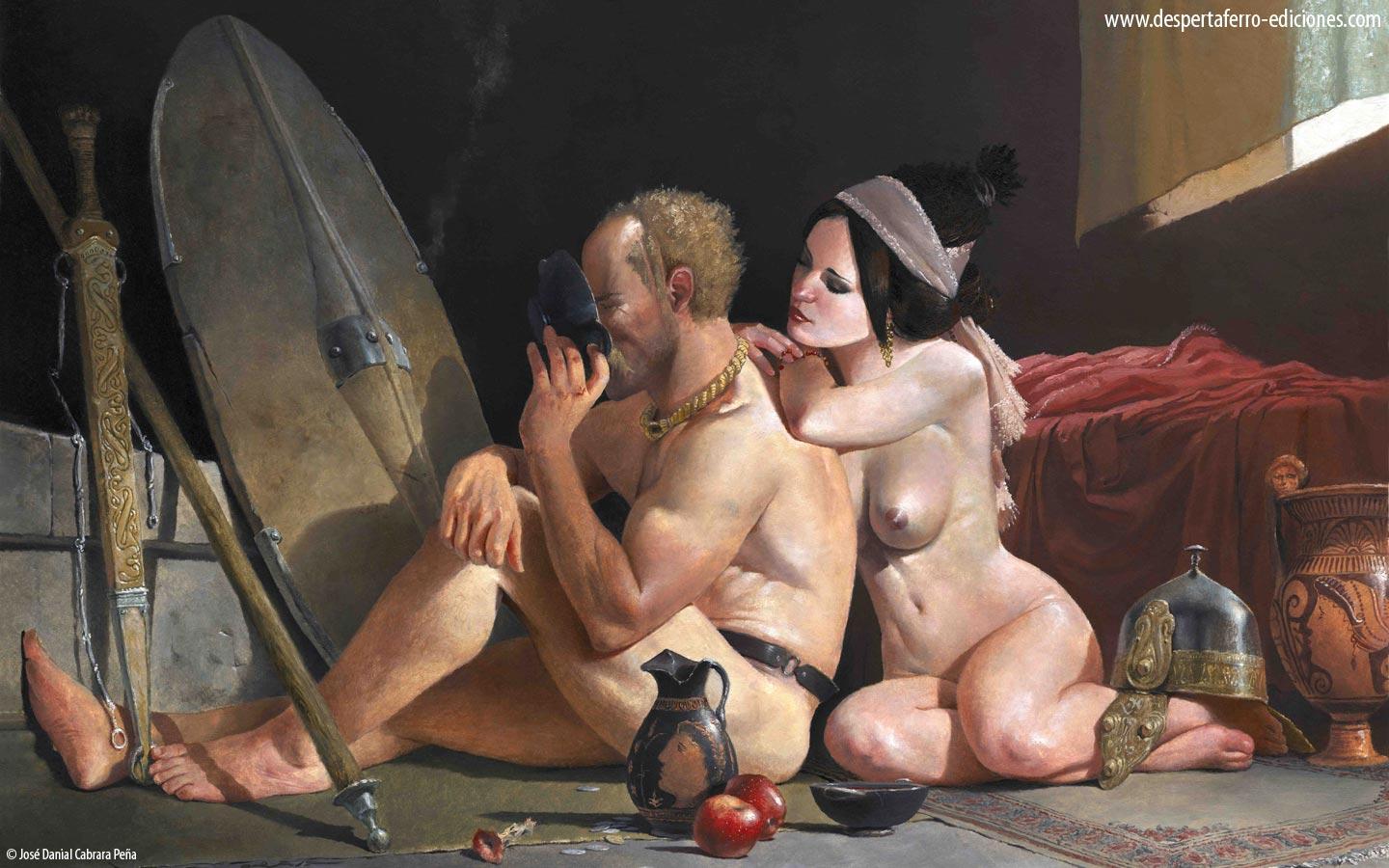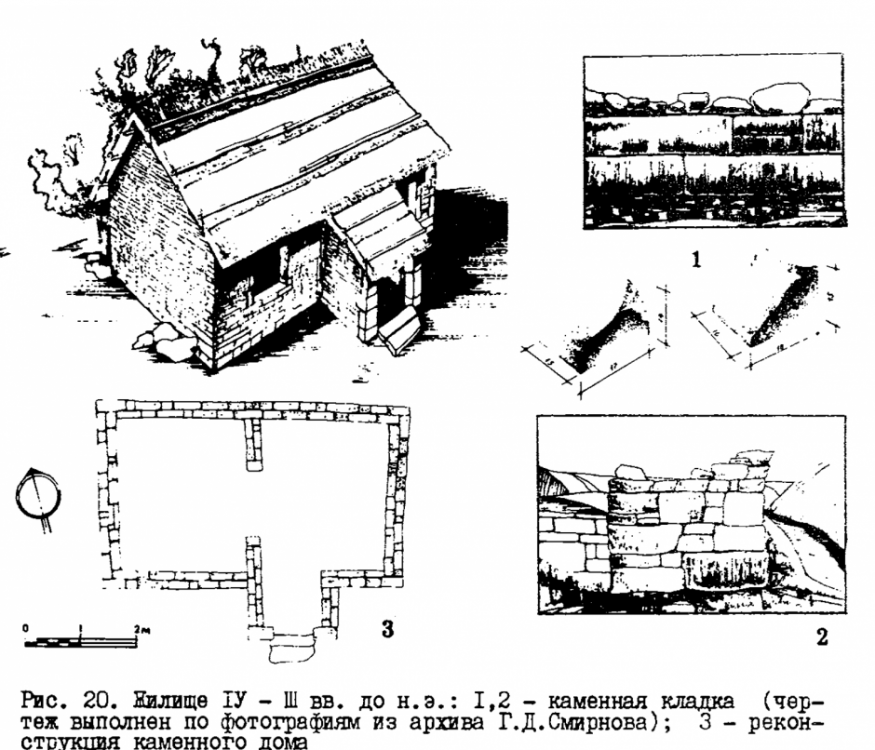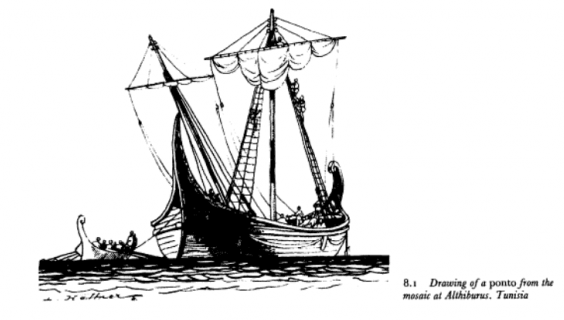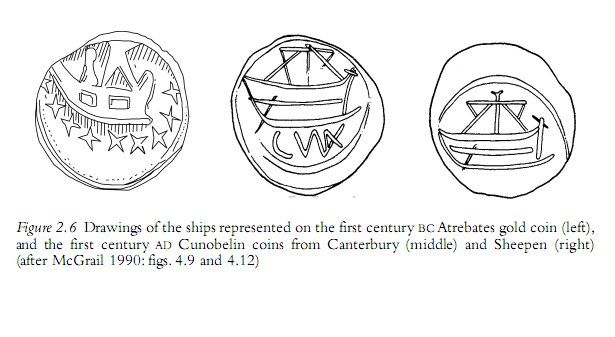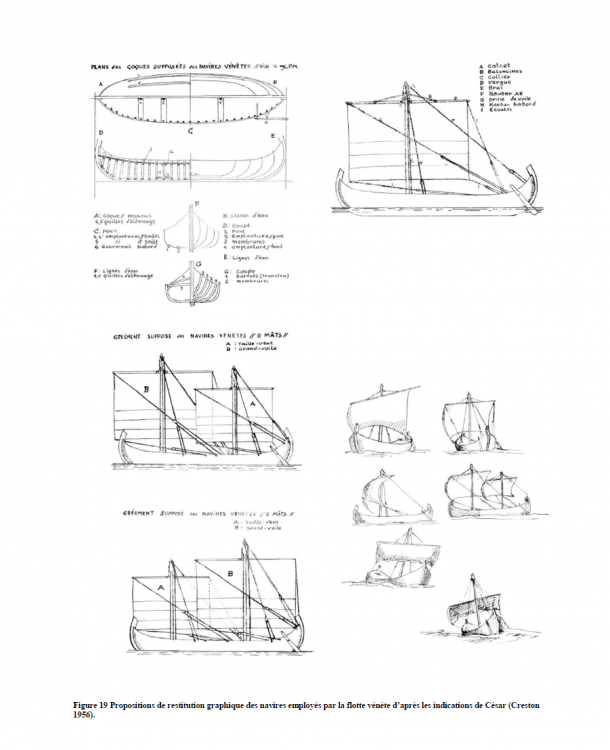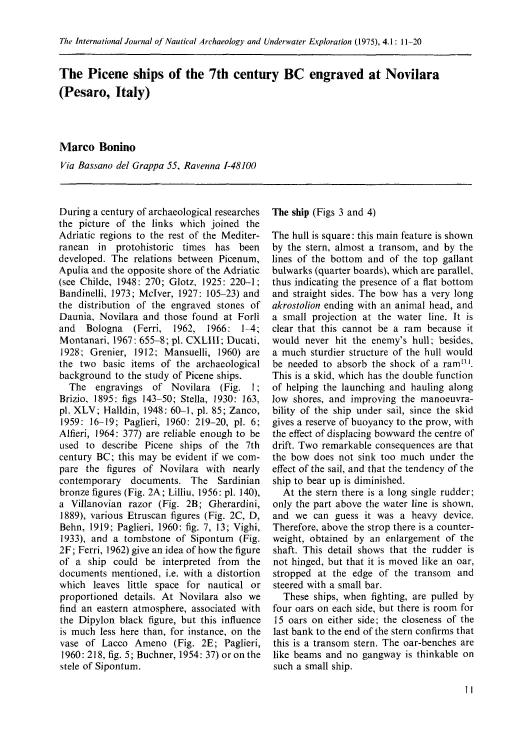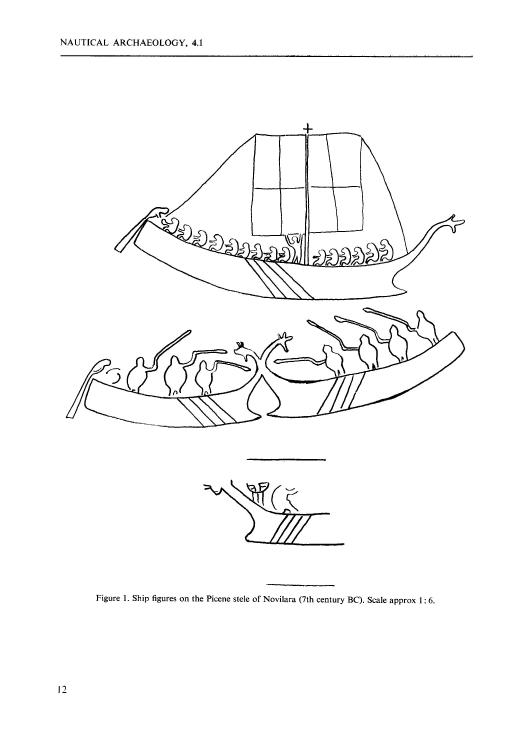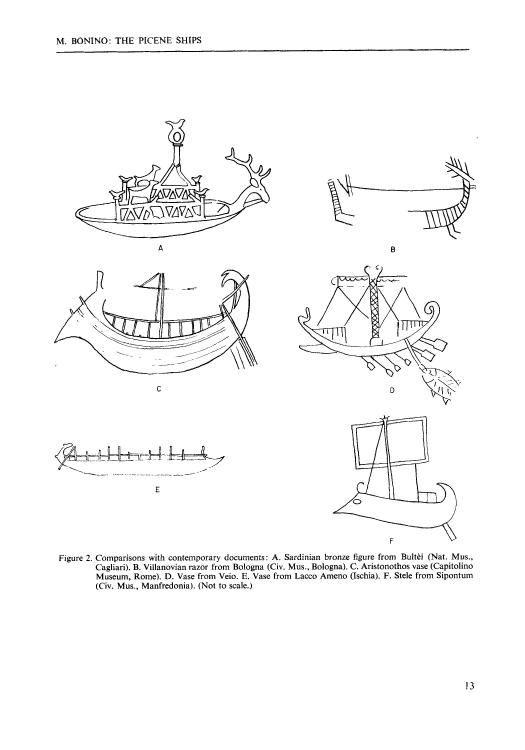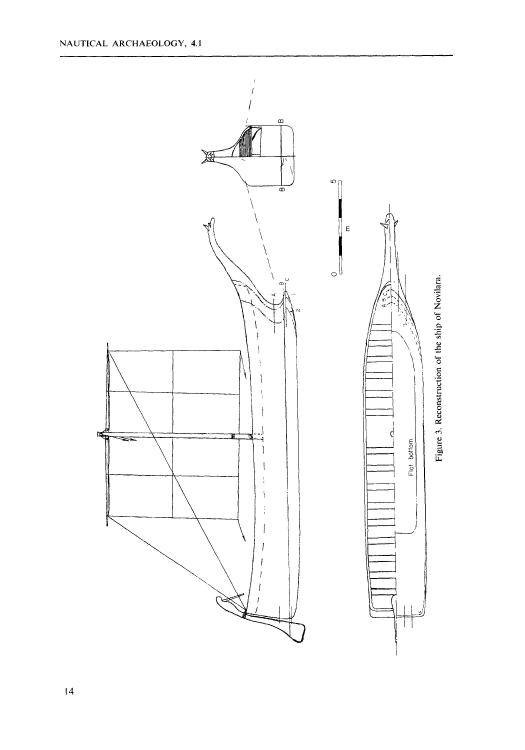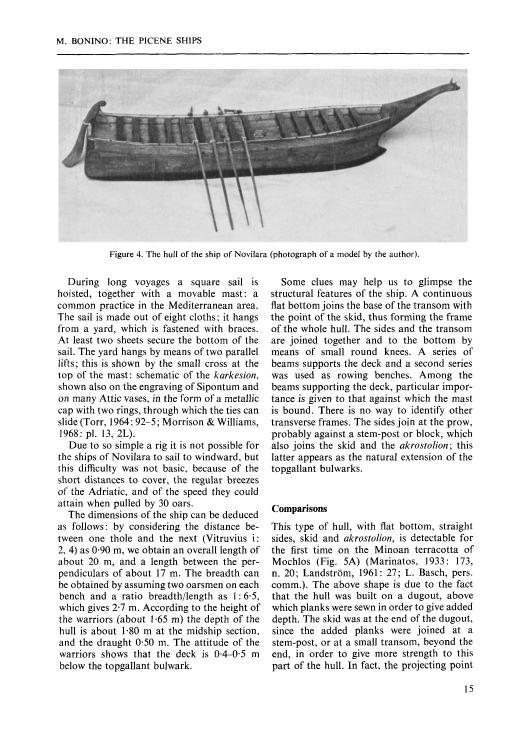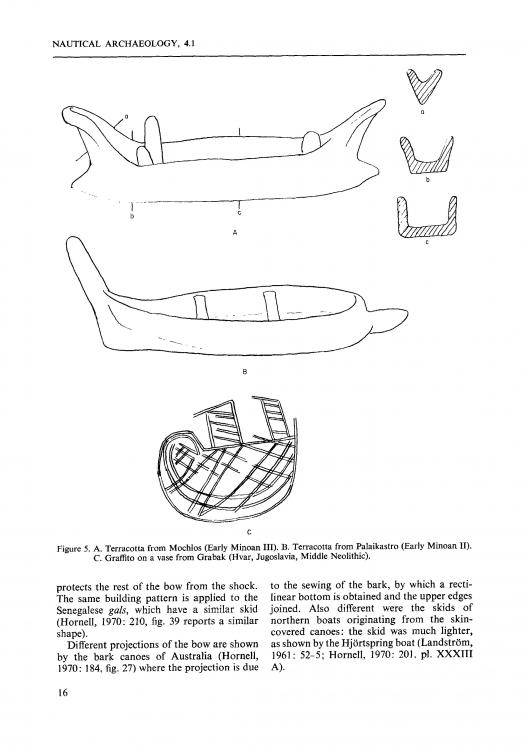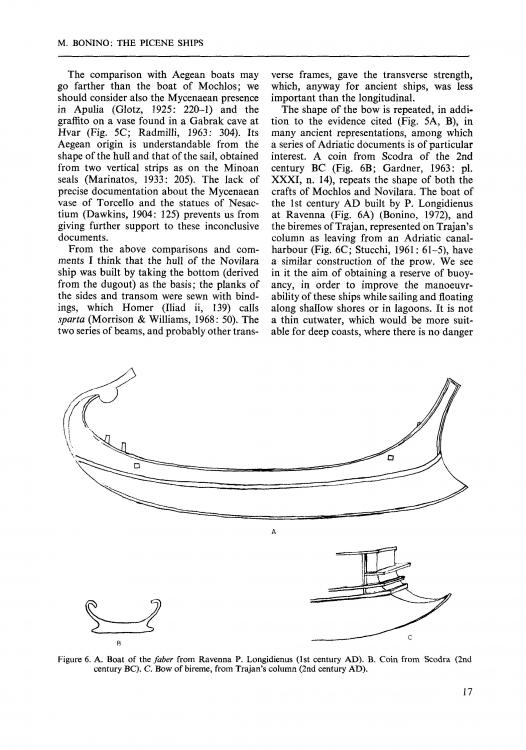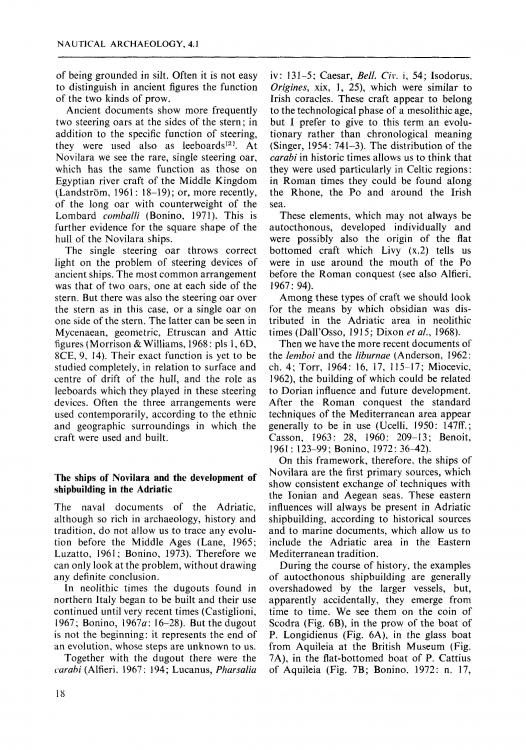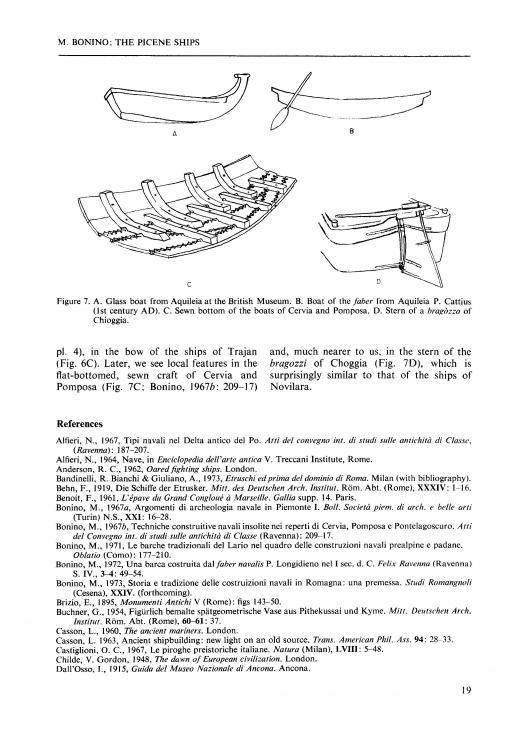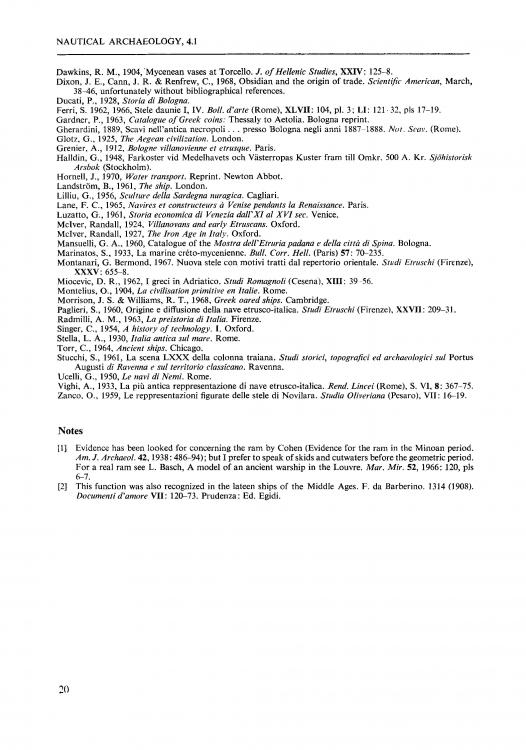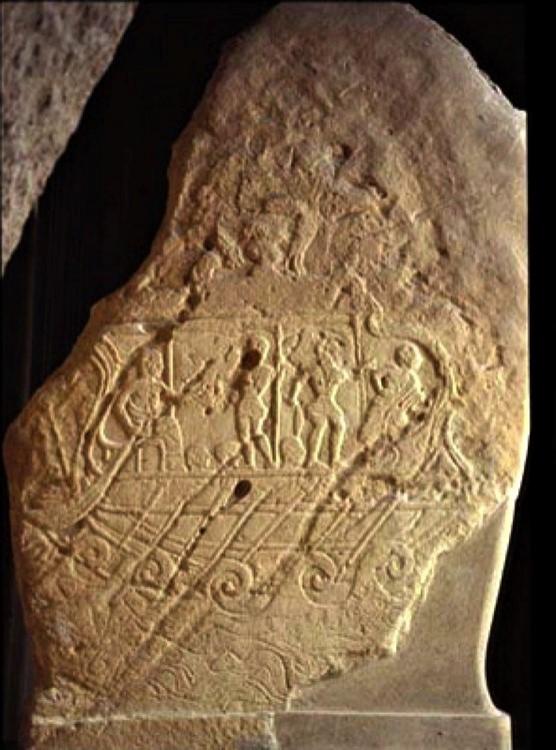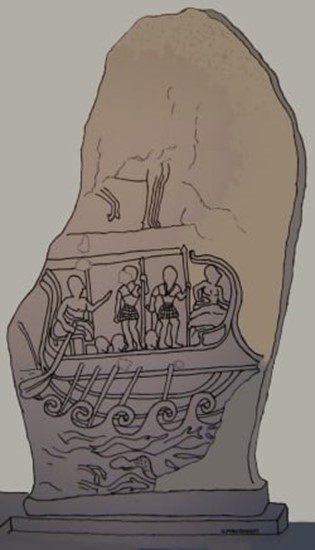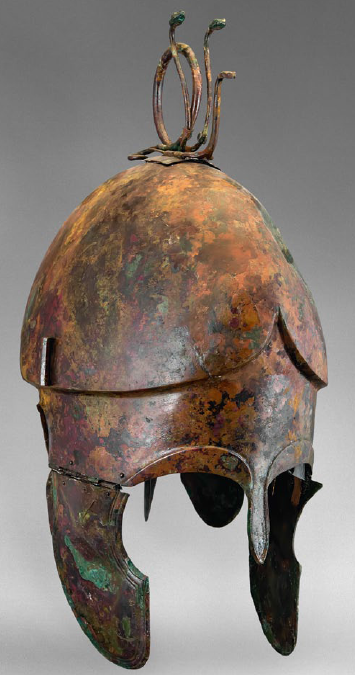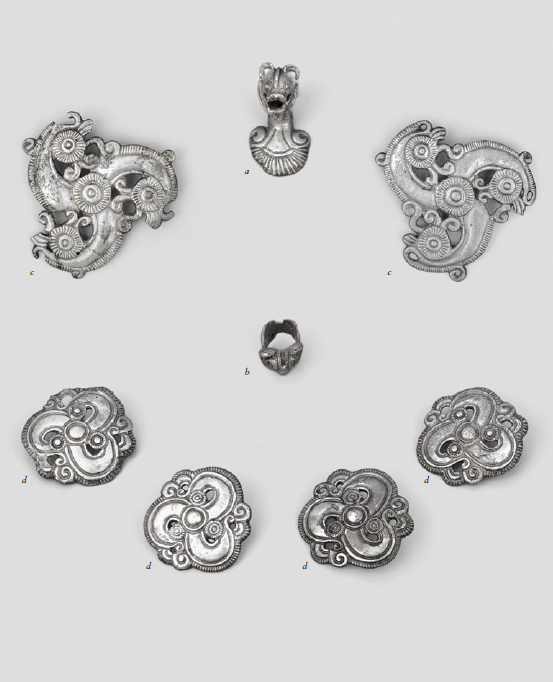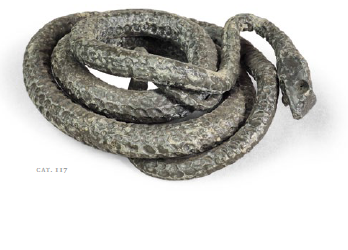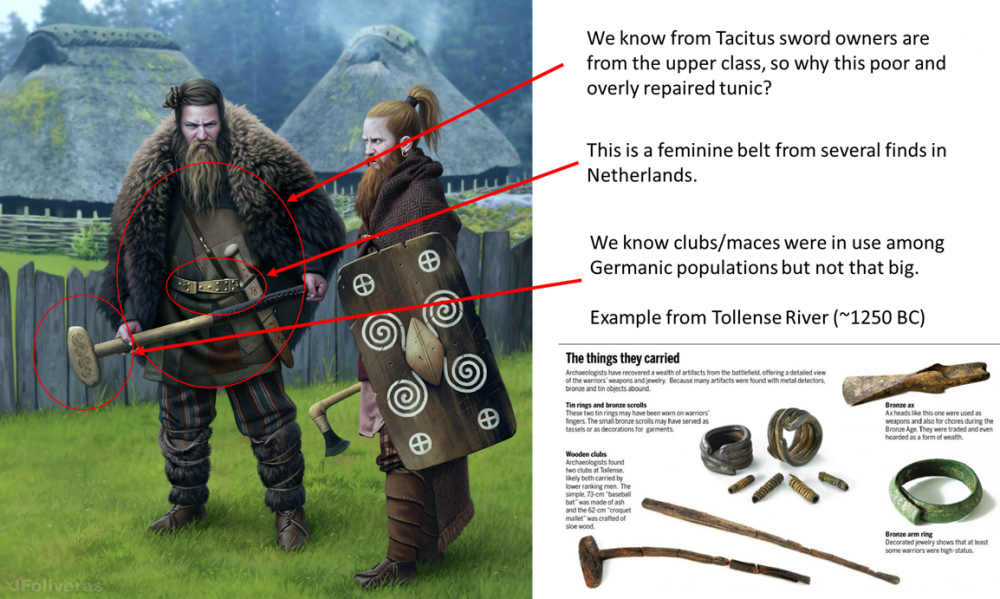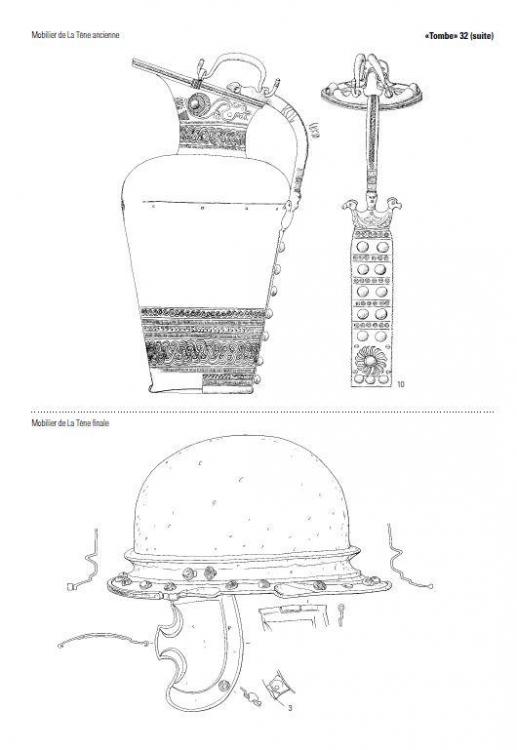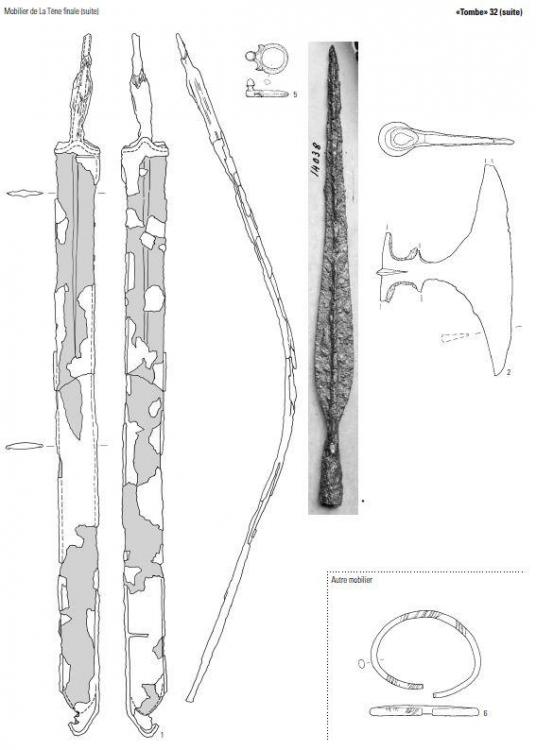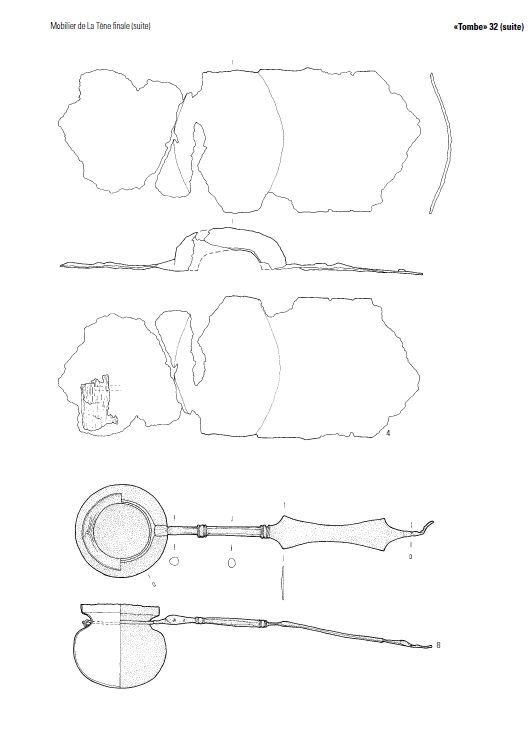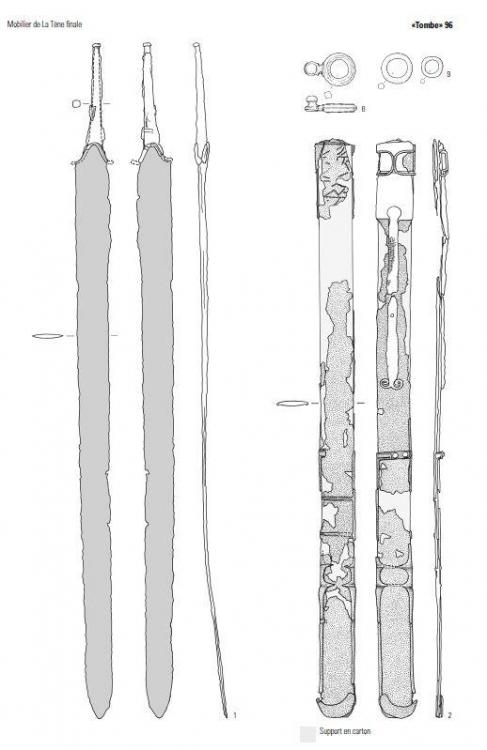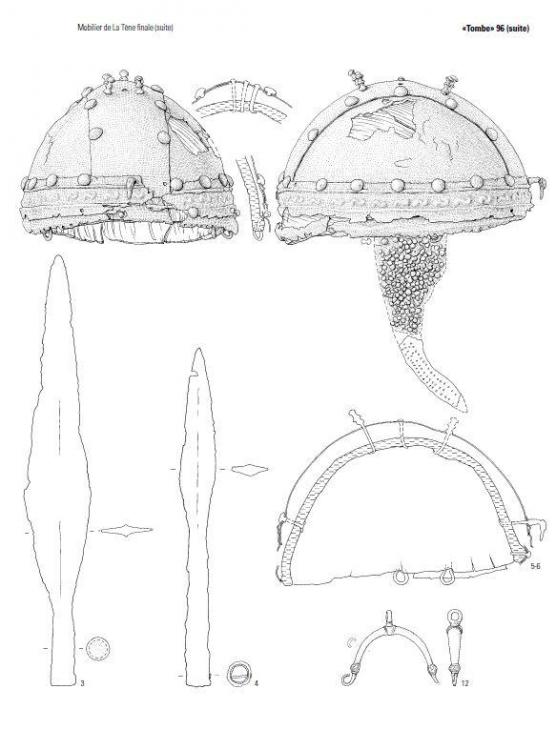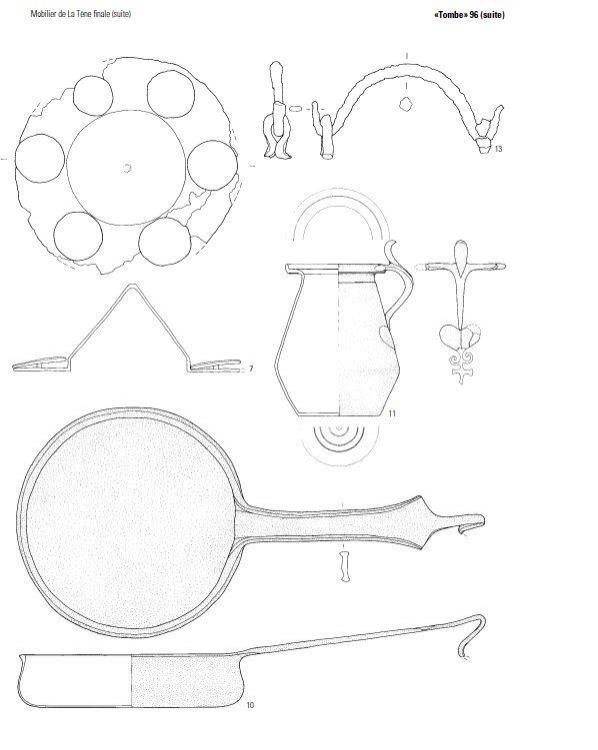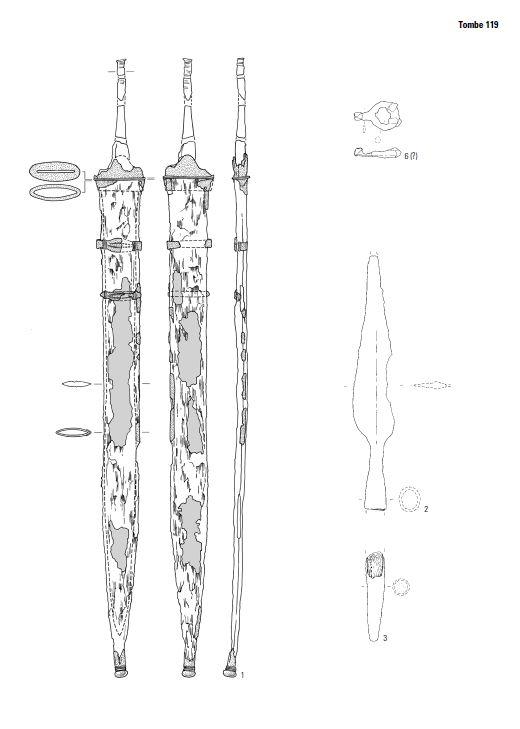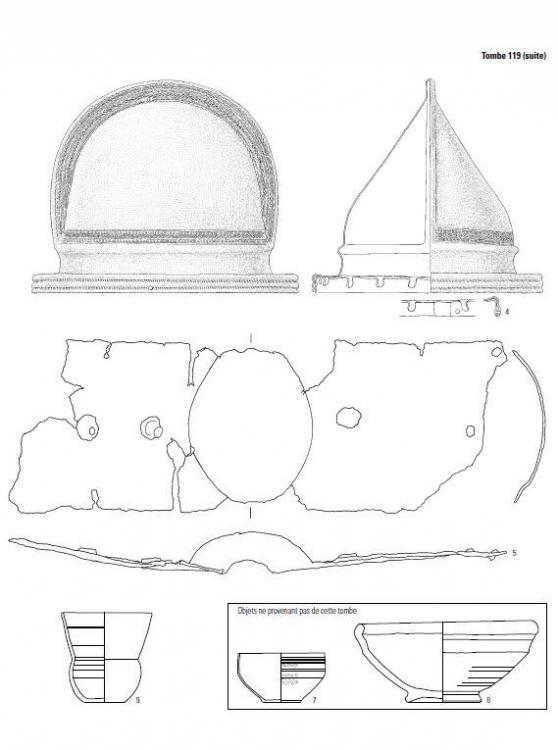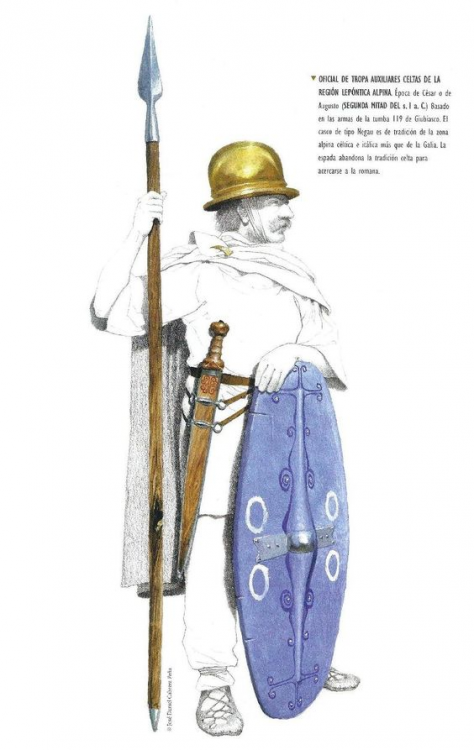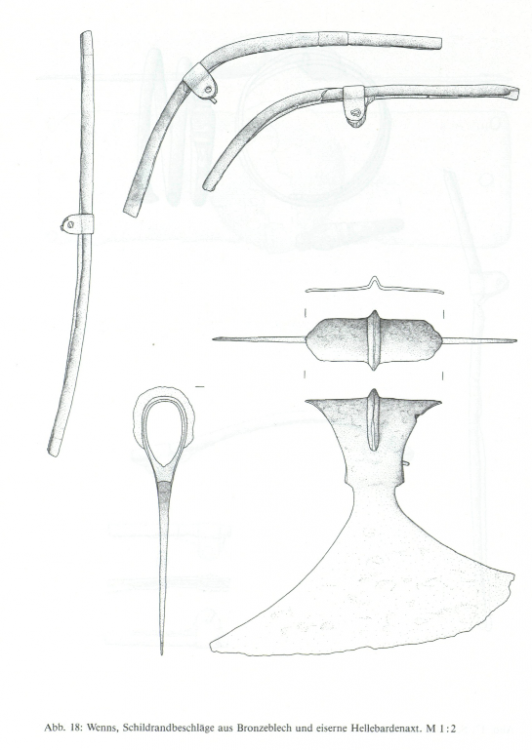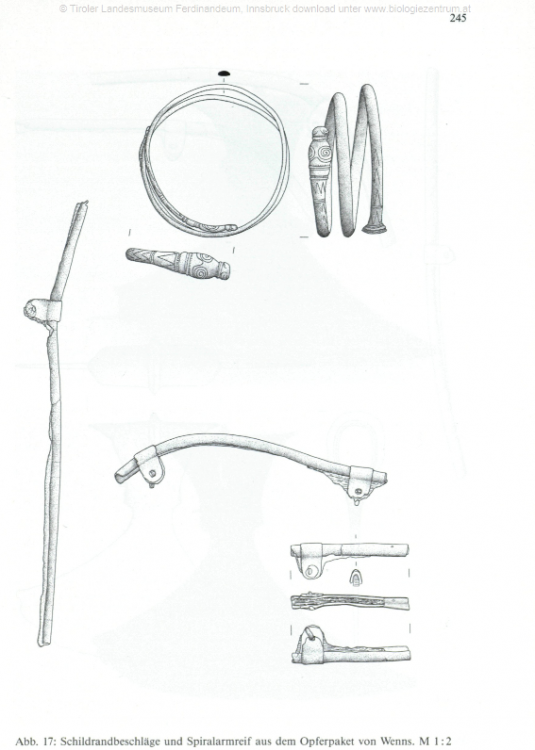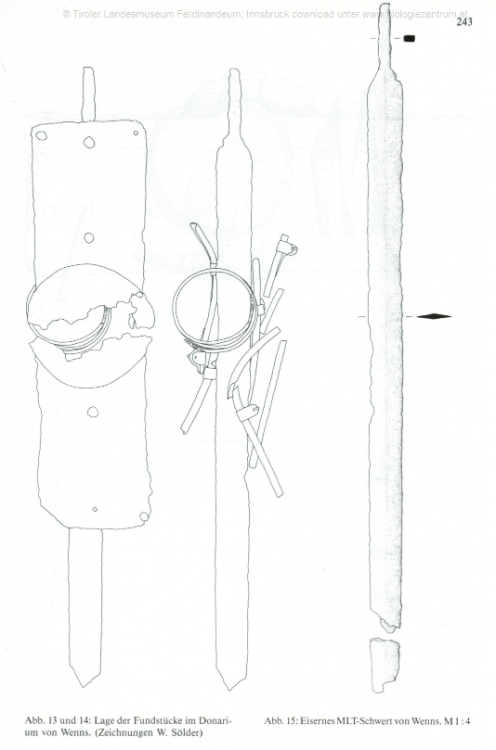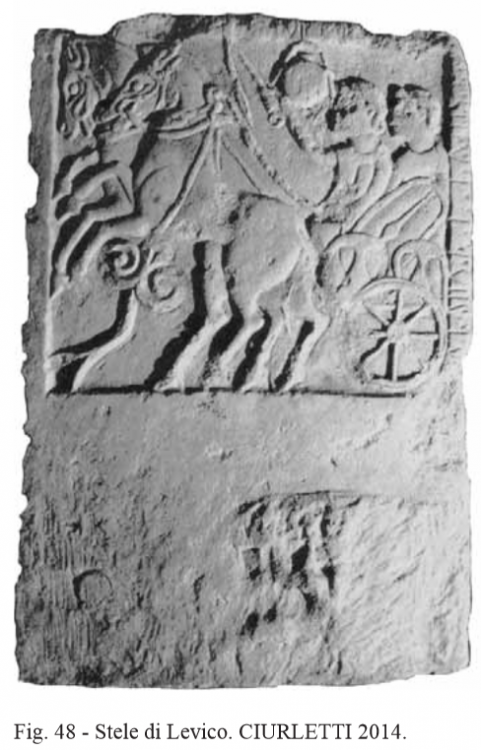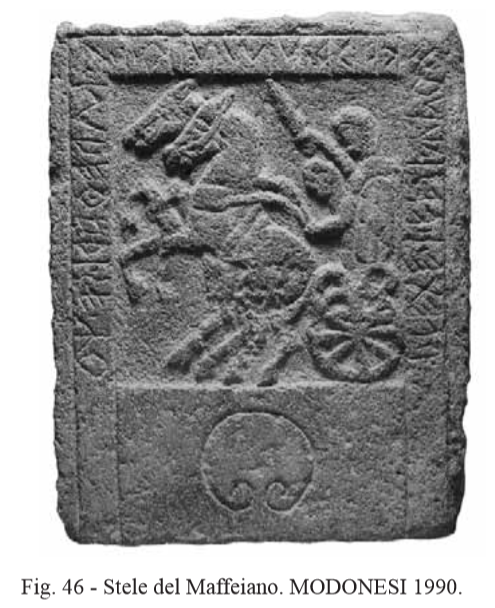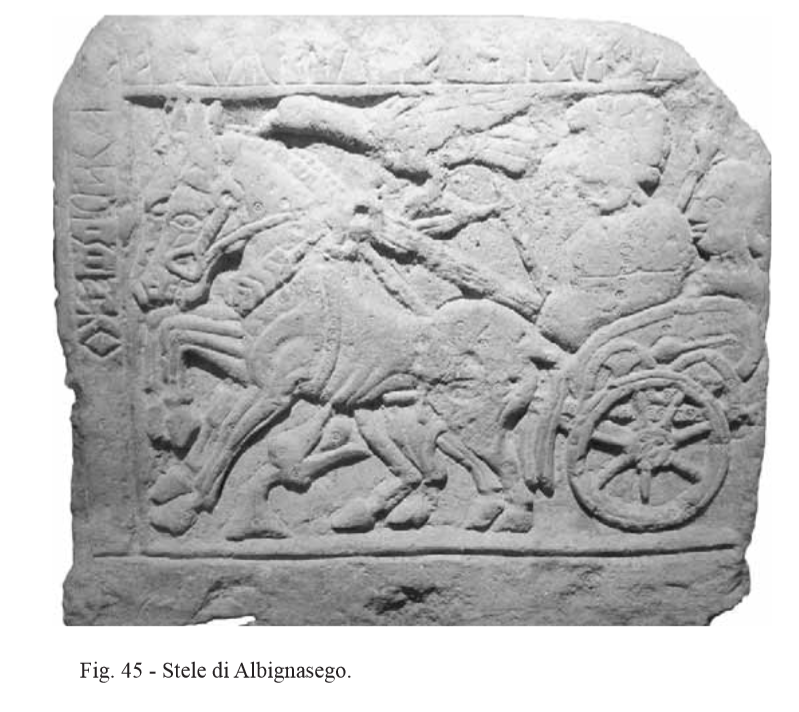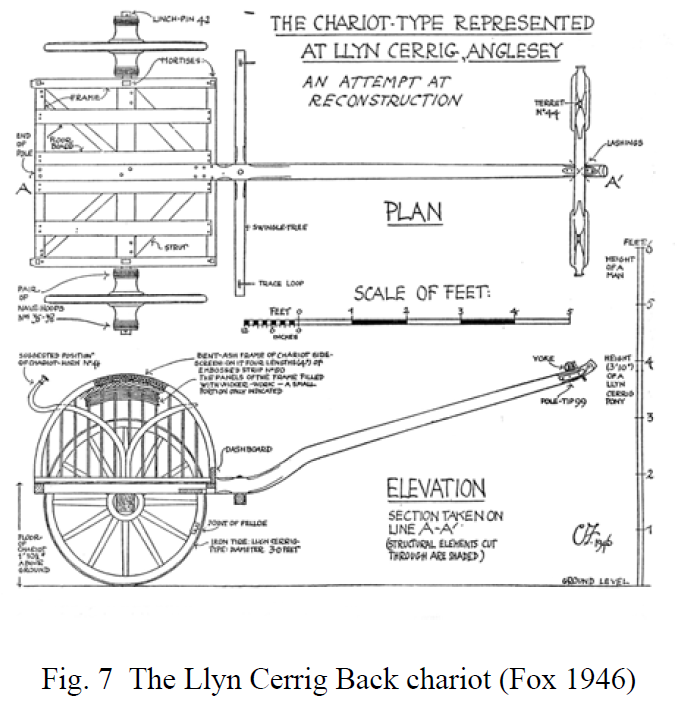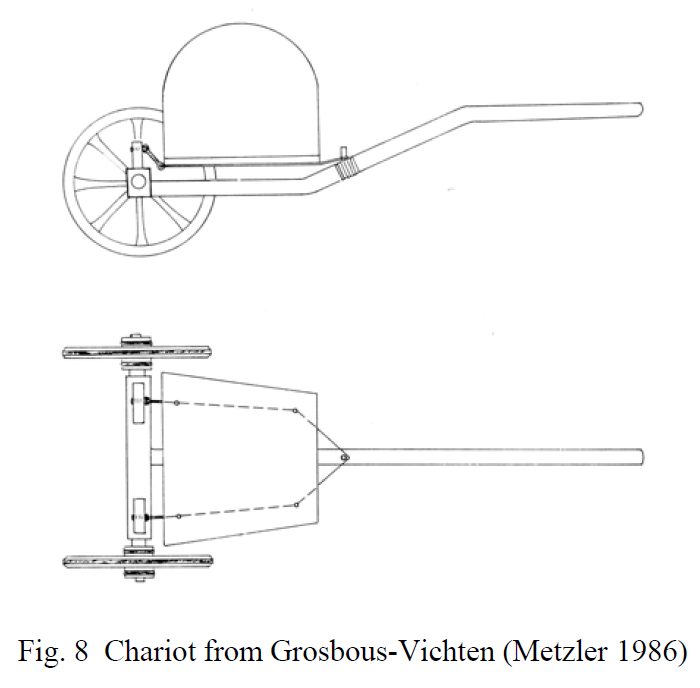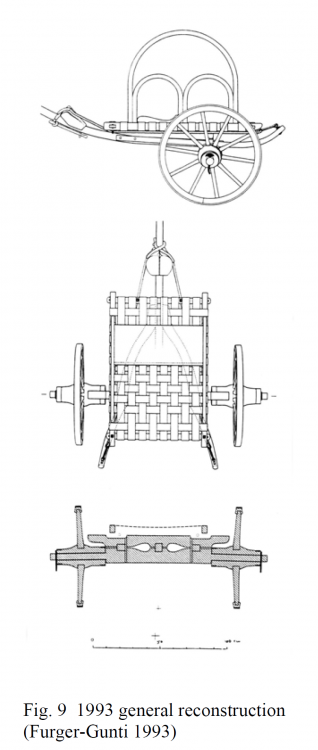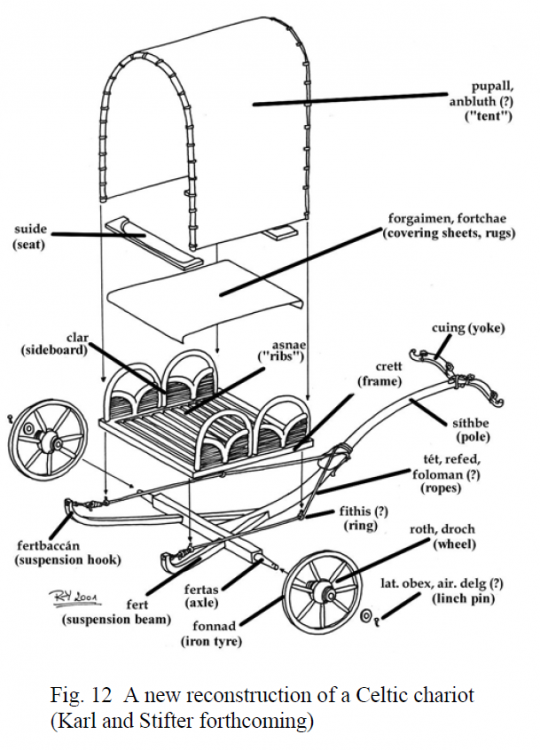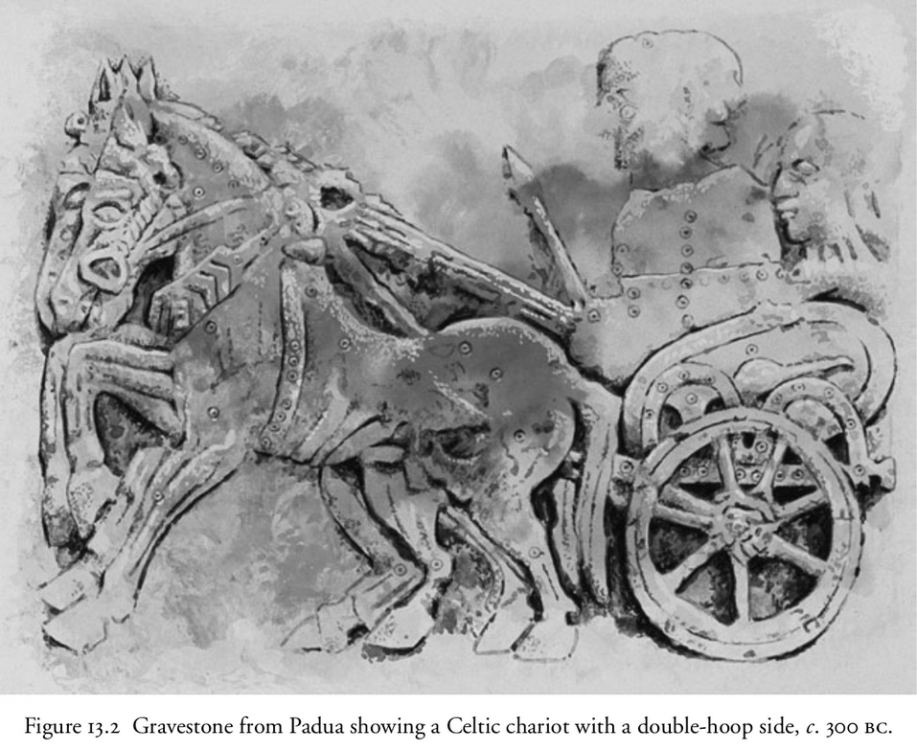-
Posts
2.401 -
Joined
-
Last visited
-
Days Won
82
Everything posted by Genava55
-
Indeed, it is slavery. Men and women were mostly equivalent on the matter. It is a very important aspect of ancient societies (sadly). The exception being the Mauryas and the Han dynasty of China with little slavery. Obviously, female warriors were an exception more than the rule. There are cases of female leaders in the Celtic societies but nothing indicate they were fighting on the battlefield. Although it is possible that some women were warriors in the Germanic societies, and it is known and demonstrated that Scythian and Sarmatian warrior class included women. Unfortunately, both civilization are not in the game. Finally, the game mechanisms are restrictive and it is difficult to portray anything else than productive and military forces.
-
.thumb.jpg.b21ca1d0c15fb56b42c39b25a0a40815.jpg)
===[TASK]=== Crowd Sourced - Thracians (Faction)
Genava55 replied to Cleo's topic in Game Modification
@Duileoga No creo que tengas que preocuparte demasiado por esto. Las fuentes arqueológicas son débiles en las viviendas rurales de Tracia. Hay vestigios que sugieren casas de paja, ladrillo o piedra. Hay casas más bárbaras como palacios a la moda griega. Creo que la forma más sencilla es partir de casas rectangulares con paredes de piedra y techo de madera. Un poco así o así. Inspirado por eso. También puede inspirarse en el edificio producido por Lion.Kanzen como centro cívico. Para analizar este edificio, diría que las escaleras son inútiles y que las columnas no deberían estar a tal altura. Pero la idea de un recinto es coherente con lo que sabemos de los príncipes tracios. Vivían en pequeñas fortificaciones, amaban el estilo de vida griego, les encantaba festejar y recibir invitados para mostrar su riqueza. Conocemos un ejemplo concreto de un pequeño edificio aristocrático de arquitectura griega, el Palacio de Seuthopolis. Uno podría imaginar reemplazar las escaleras y el templo en el modelo de Lion.Kanzen por una casa de varios pisos con columnas en la fachada frontal, inspirándose en el Palacio de Seuthopolis. Después de todo, encontramos esta idea en villas romanas que copiaban la moda griega, a veces con varios pisos. Para hacer más "tracia", podría ser posible agregar decoraciones similares a las de la tumba tracia de Svechtari. https://en.wikipedia.org/wiki/Thracian_Tomb_of_Sveshtari -
.thumb.jpg.b21ca1d0c15fb56b42c39b25a0a40815.jpg)
The Kingdom of Kush: A proper introduction [Illustrated]
Genava55 replied to Sundiata's topic in Official tasks
- 1.040 replies
-
- 2
-

-
- civ profile
- history
- (and 5 more)
-
.thumb.jpg.b21ca1d0c15fb56b42c39b25a0a40815.jpg)
===[TASK]=== 0 A.D Ships Update.
Genava55 replied to Alexandermb's topic in Eyecandy, custom projects and misc.
Topic of the small ships raised on: https://code.wildfiregames.com/D2996 Etruscans smaller ships vs Greek biremes Etruscan Stele (Bologna): Picene ships: -
.thumb.jpg.b21ca1d0c15fb56b42c39b25a0a40815.jpg)
===[TASK]=== Crowd Sourced - Thracians (Faction)
Genava55 replied to Cleo's topic in Game Modification
Thracians depicted: -
.thumb.jpg.b21ca1d0c15fb56b42c39b25a0a40815.jpg)
The Problem with Sword/Spear Units
Genava55 replied to Thorfinn the Shallow Minded's topic in General Discussion
I was thinking about something realistic/credible as in BFME reforged, Praetorians, Ancestors Legacy, Manor Lords etc. -
.thumb.jpg.b21ca1d0c15fb56b42c39b25a0a40815.jpg)
The Problem with Sword/Spear Units
Genava55 replied to Thorfinn the Shallow Minded's topic in General Discussion
I think the best is to enable new mechanics for the modders, in time there will be several approaches explored. Some people prefer AoE like gameplay, some others prefer Total War battles, some prefer soft city builders with warfare gameplay like Dawn of Man and other prefer more tactical aspects like BFME or Ancestors Legacy. Battalions, switchable weapons, area damage etc. those will be useful and really appreciated anyway. -
.thumb.jpg.b21ca1d0c15fb56b42c39b25a0a40815.jpg)
==[Brainstorming]== for cheats units
Genava55 replied to Lion.Kanzen's topic in Eyecandy, custom projects and misc.
- 198 replies
-
- 1
-

-
- brainstorming
- art
-
(and 2 more)
Tagged with:
-
There is a public event about reenactment and archaeology movies with a public poll. The event is from France: https://www.rencontres-archeologie.com/post/le-prix-du-public-films-100-en-ligne One of those movies is about the Gauls during the Gallic Wars and is available with English subtitles. This is made by a well-known reenactment group, Les Ambiani:
- 264 replies
-
- 1
-

-
- britons
- east celtic
-
(and 2 more)
Tagged with:
-
.thumb.jpg.b21ca1d0c15fb56b42c39b25a0a40815.jpg)
The Kingdom of Kush: A proper introduction [Illustrated]
Genava55 replied to Sundiata's topic in Official tasks
Interesting video, not directly related to the Kushites but still interesting to the topic:- 1.040 replies
-
- 2
-

-

-
- civ profile
- history
- (and 5 more)
-
.thumb.jpg.b21ca1d0c15fb56b42c39b25a0a40815.jpg)
The Problem with Sword/Spear Units
Genava55 replied to Thorfinn the Shallow Minded's topic in General Discussion
There are often misconception about the legionaries, we usually imagine them standing firm against waves of barbarians. But in Polybius books this is clear they are charging very often and that it is one of their main assets. -
.thumb.jpg.b21ca1d0c15fb56b42c39b25a0a40815.jpg)
The Problem with Sword/Spear Units
Genava55 replied to Thorfinn the Shallow Minded's topic in General Discussion
I think this analysis comes back time to time here. Personally I agree, this is a gamey choice from a classical rock paper scissors system, it could be justified if it worked but I think it brings more issues than it solves. As Thorfinn indicated, historically the ability to withstand against cavalry depended on the formation. I think this is a critical point that should be included in the gameplay design for the future. -
.thumb.jpg.b21ca1d0c15fb56b42c39b25a0a40815.jpg)
===[COMMITTED]=== Iberian Unit Textures
Genava55 replied to wackyserious's topic in Completed Art Tasks
@wackyserious @Ultimate Aurelian Probably we should make an exception for heroes about the scaled armor. I don't think scale+mail is credible but a metallic scale armor is not impossible for the highest level of society. For the two swords and the shield hold by the arm, maybe it should be replaced by a javelin held with the shield on the same hand: -
.thumb.jpg.b21ca1d0c15fb56b42c39b25a0a40815.jpg)
Civ: Germans (Cimbri, Suebians, Goths)
Genava55 replied to wowgetoffyourcellphone's topic in Delenda Est
Other stuffs: https://www.facebook.com/dorsetodinists/posts/974389453043295 https://www.facebook.com/SamsonIllustration/posts/3314557838656844 JFOliveras made some illustrations weeks ago about Pytheas' journey, if I really like his art and his skill, I find it sad he isn't properly advised about the material he relies on. -
Cannot be embedded: https://youtu.be/eLB2K14vNoA
- 264 replies
-
- britons
- east celtic
-
(and 2 more)
Tagged with:
-
Eng sub available. I posted a long time before on the topic of the battle-axe in alpine region (Lepontian and Rhaetian):
- 264 replies
-
- britons
- east celtic
-
(and 2 more)
Tagged with:
-
There is a very good article wrote by Raimund Karl on the topic: https://dc.uwm.edu/ekeltoi/vol5/iss1/1/
-
The rotating millstone, maybe not. The oldest finds are from North-Est Spain and Southern France, close to the Pyrenees. Hard to tell if this is Celtic or not, this is an area between several influence spheres. http://www.archeologiesenchantier.ens.fr/spip.php?article156 The scythe, yes it is really plausible. The oldest find, at my knowledge, is from the 3rd century BC in central France: https://www.images-archeologie.fr/Accueil/Recherche/p-3-lg0-notice-IMAGE-Faux-en-fer-retrouvee-dans-une-fosse-IIIe-s.-avant-notre-ere-Chevilly-Loiret-2006-2007.-Sur-une-surface-avoisinant-4-ha-un-grand-etablissement-ca_aeeae7f9c004d194d5b9c984a4ee7e74-31856147.htm?¬ice_id=3022
- 264 replies
-
- 1
-

-
- britons
- east celtic
-
(and 2 more)
Tagged with:
-
Discovery of extraordinary Celtic vestiges in Bulgaria Extraordinary remains recently unearthed make it possible to trace the presence of Celts on the eastern margins of Europe, where the ancient Thracian kingdoms were located. https://www.nationalgeographic.fr/histoire/2020/09/decouverte-dextraordinaires-vestiges-celtes-en-bulgarie The destiny of the Celts: history and decline For seven centuries, this mysterious people reigned over vast stretches of Europe before being defeated by the Romans. Who were the Celts? And why did their remarkable culture decline? https://www.nationalgeographic.fr/histoire/2020/09/le-destin-des-celtes-histoire-et-declin Culture and industry: what we owe to the Celts Invention of the plough, creation of fortified towns, mastery of wood architecture, abstract art... Zoom on the contribution of the Celts in Gaul. https://www.nationalgeographic.fr/histoire/2020/09/culture-et-industrie-ce-que-nous-devons-aux-celtes
- 264 replies
-
- 1
-

-
- britons
- east celtic
-
(and 2 more)
Tagged with:
-
.thumb.jpg.b21ca1d0c15fb56b42c39b25a0a40815.jpg)
===[TASK]=== Crowd Sourced - Thracians (Faction)
Genava55 replied to Cleo's topic in Game Modification
Ceremonial does not mean symbol (although the Labrys is both). Yes it is a functional tool for religious ceremonies like in every other indo-european cultures. We have the same issue with the Celts, we found a tremendous amount of axe-heads in settlements, but they are generally associated to ceremonies when they are outside a domestic context. Try to apply this hypothesis and this reasoning to other civs, the Romans use axe-heads in ceremonies too and it doesn't mean they commonly use axes on the battlefield. Seeing the "barbarians" as functionally different from other civ is a bias. More functional for the battlefield? Really? Did you have an idea of the weight of such an axe-head and the imbalance in wielding such weapon? Against something that fights back, this is suicide. Look at the evidences for KNOWN and ATTESTED battle-axes among other cultures and contexts, generally the axe-heads are smaller or thinner. Even the viking axes evolved to lighter forms to resolve this issue, even the two-handed axes tend to be lighter over time because that's really impractical. They made thinner heads or with a narrower blade to lighten and increase the balance of the weapon. The design of this Labrys is horrible, the blade is far too thick for a proper use on the battlefield. In comparison, a broadaxe is far more lighter because the head is hammered to have a thin piece of steel. So a fat double-bit axe, that's not credible as a weapon. Since Bulgarian archeologists are often involved in very unethical actions and claims, I will stick to a skeptical view unless there is a convincing evidence. That's generally an undesired effect of community-based projects. But I rose the issue with intent because I know this is a way to get attention. I want simply to avoid a common situation when someone took a considerable time to produce something for a project and people start expressing their opinion on the concept only at the end when most of the work is done. That's not a rule, this is simply a consequence of human behaviors. That's, I think, the core of the issue, finding something that could fit for both Hellenistic inspired structures and the common structures of the inhabitants. That's why I am reluctant about a design based entirely on wood because I see it as an impossible equation to solve. Ideally, if we want to honor the Thracian culture, we should be able to include a Royal tomb or/and a rock-cut monument. Either as a wonder or as a functional building. Personally I find interesting your references posted previously because it depicts houses built with bricks and stones as something in use for the commoners: My point was not about that, this is simply an issue with the iron age in general: a house is a house. The basic structure of any settlement can look very similar along different cultures. My point was on the design and on the variability of the references in the same culture. You have a few stones in Dacian structures, as there is stone for the Gallic structures as well. But that's not the point! I am trying to talk about the guideline, the general direction of a design, the features one should easily see*. There is no way the Dacians would not have their design based on wood. Yes there would be a few stones, but most would be wooden. This is a problem of texture and coherence in the visual representation of a civ in a game. Contrary to the Dacians, the Thracians had very contrasted urban centers. Creating nice looking design for the structures is not something easy and if there are several civs based on wood and wattle-and-daub, it could become challenging at the end. *illustration Anyway most of the game is inevitably depicting the elite oftener than the commoners. This is the case for all the civ currently.

